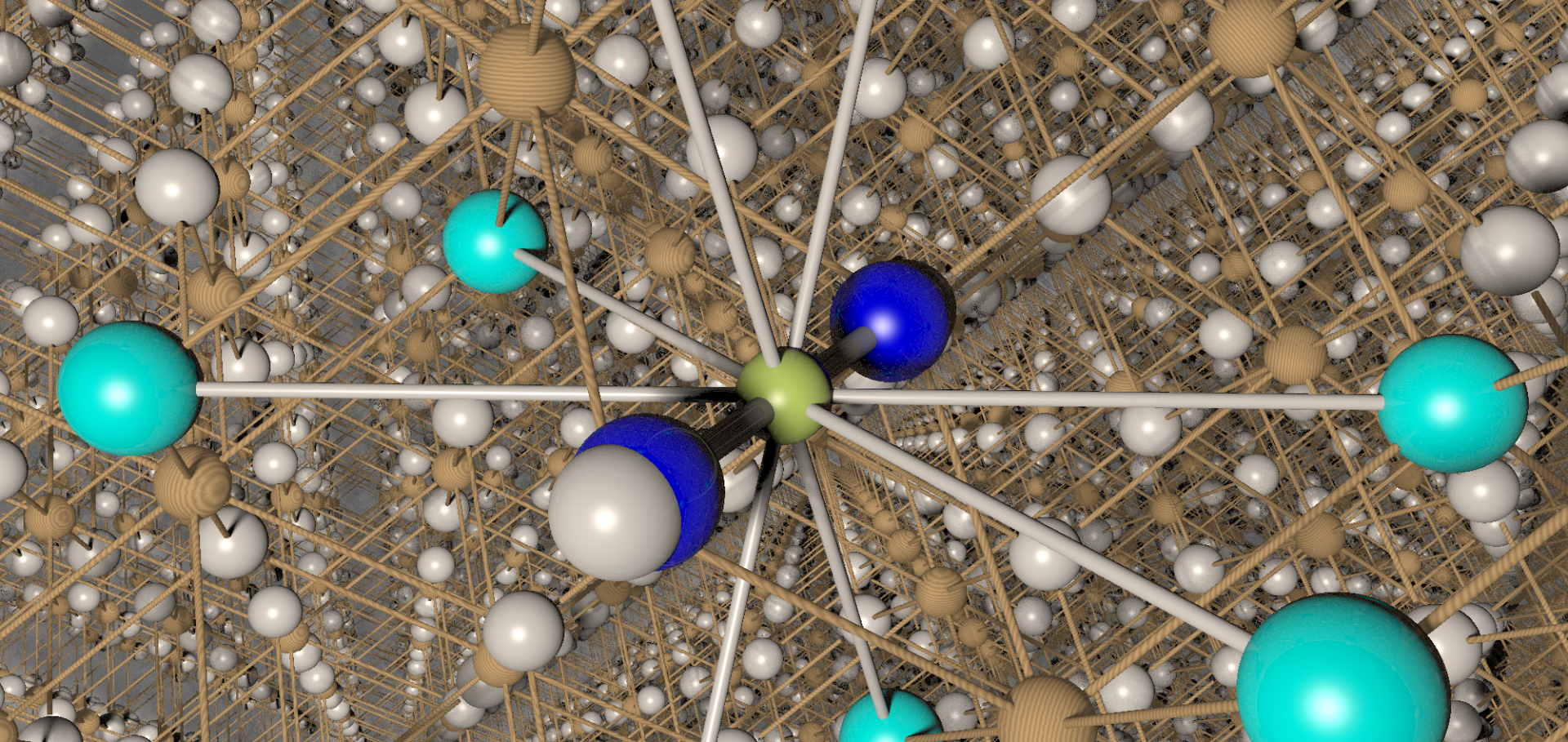Control of the third dimension in copper-based square-lattice antiferromagnets
(2016)
Fourier space derivation of the demagnetization tensor for uniformly magnetized objects of cylindrical symmetry
Journal of Magnetism and Magnetic Materials Elsevier 401 (2016) 1060-1067
Experimental and Theoretical Electron Density Analysis of Copper Pyrazine Nitrate Quasi-Low-Dimensional Quantum Magnets
Journal of the American Chemical Society American Chemical Society (ACS) 138:7 (2016) 2280-2291
Muon-spin relaxation study of the double perovskite insulators Sr2 BOsO6 (B = Fe, Y, ln)
Journal of Physics Condensed Matter IOP Publishing 28:7 (2016) 076001
Studies of a Large Odd‐Numbered Odd‐Electron Metal Ring: Inelastic Neutron Scattering and Muon Spin Relaxation Spectroscopy of Cr8Mn
Chemistry - A European Journal Wiley 22:5 (2016) 1779-1788


